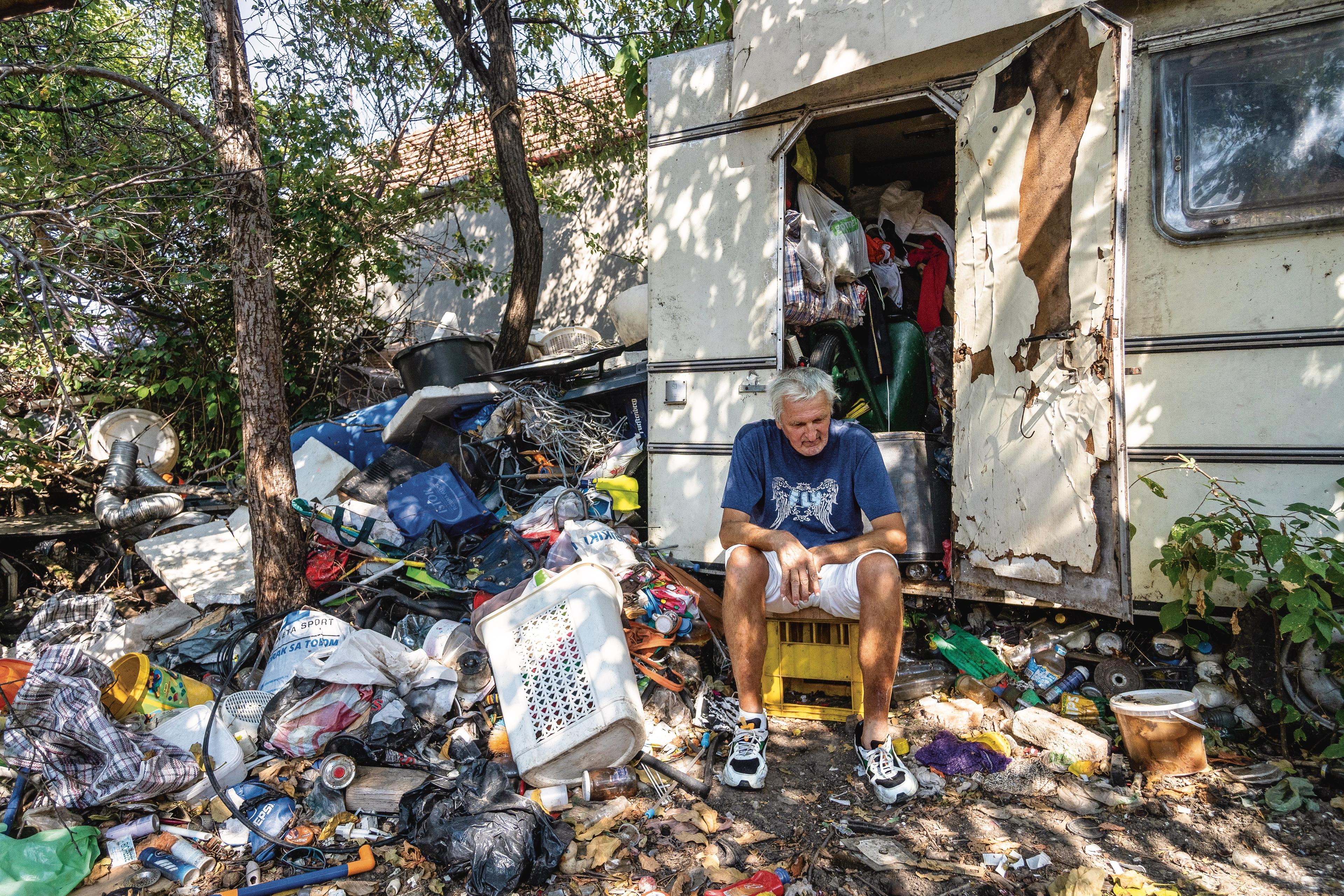Housing for the People: “I came back to life in a time of trouble”
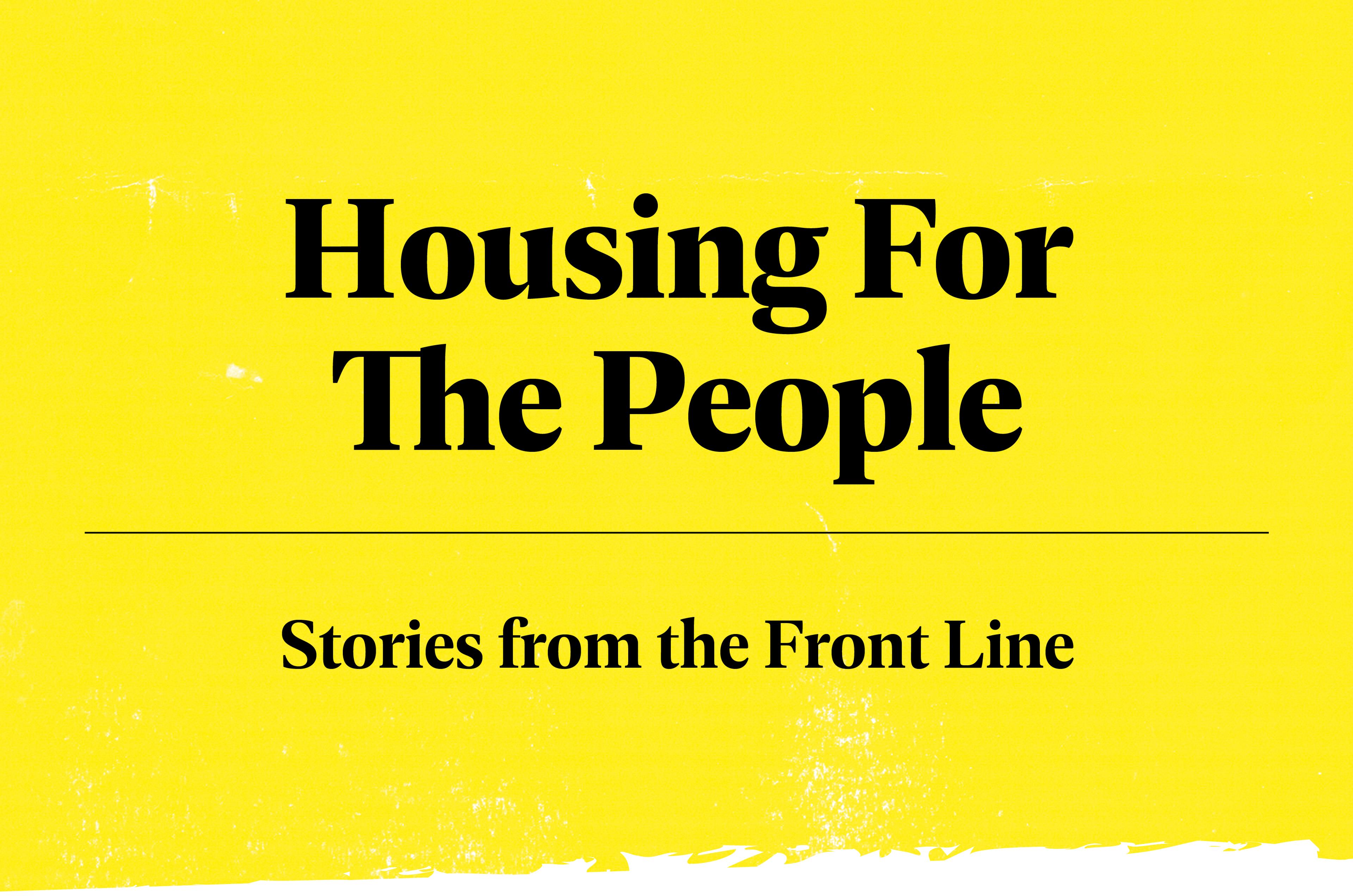
By Gary Barker
- Lived experience
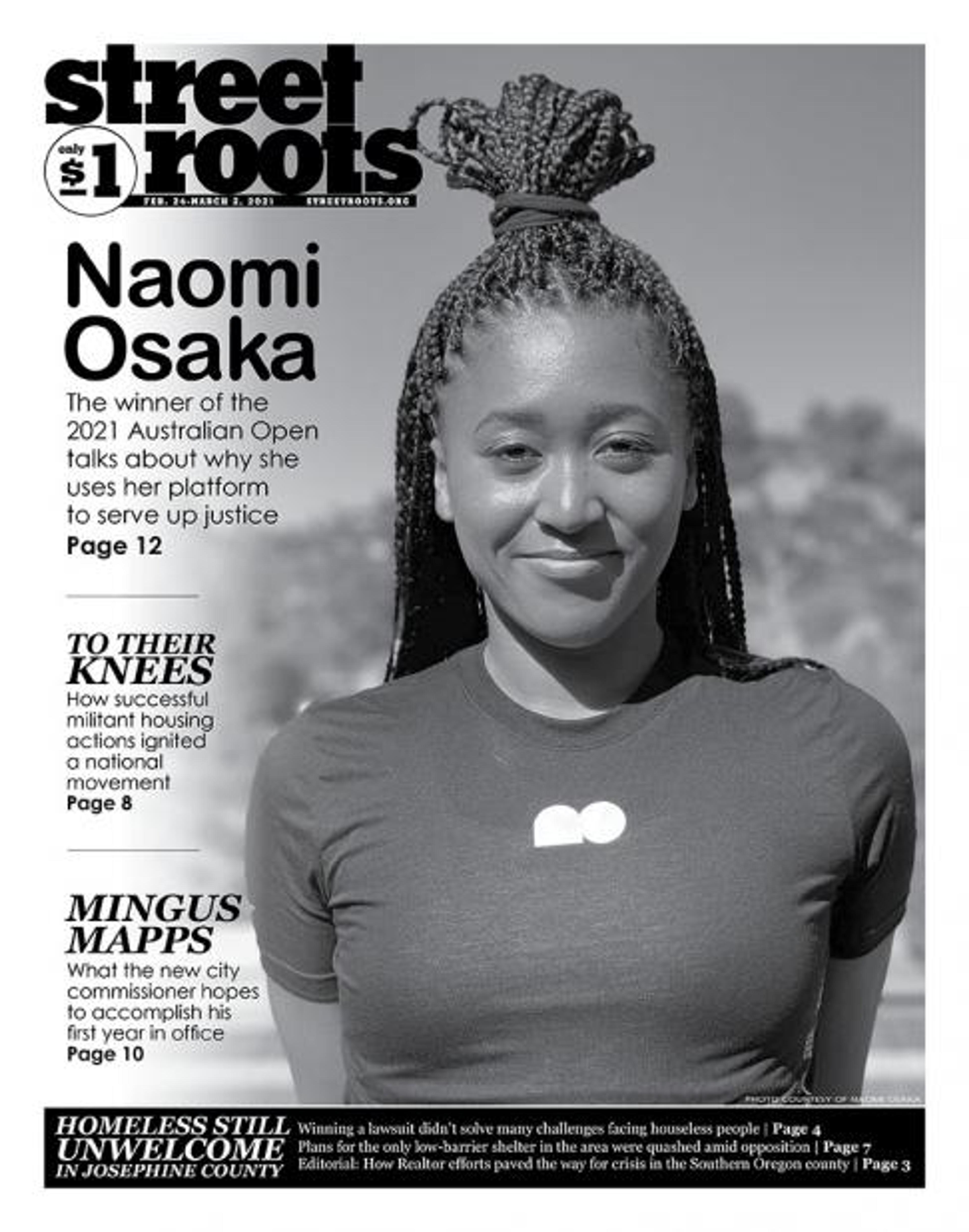
Gary Barker, who sells Portland street paper Street Roots, writes for the latest in INSP’s Housing for the People – a column that allows those with lived experience of poverty, homelessness and insecure housing tell their story – writes about being “in a hell of my own doing”, but how with the pandemic making the world seem like world was falling apart, circumstances in Gary’s life suddenly made things start to come together. He writes about his work as an ambassador for Street Roots and leading on its MoJo scheme to get vendors into journalism, and how being in housing allows him to “find a way to get problems off my mind”.
It was 2019, and I was sitting in my apartment on Sandy Boulevard, out of my mind, and frankly, near death. I was tied up in a hell of my own doing. My life was upside down and without any sense of direction.
A surprise knock at my door jolted me into the present. My ex-wife stood in the doorway, determined to help me back to life. I did not know how to act or what to say to her, but she was there. She was there for me.
She came prepared with a moving van and a rented storage unit awaited my things. I was scared about moving, but God, it saved my life. Things didn’t work out with my ex-wife, and I was on the streets within days.
I was cold and someone stole my bags. I was upset about what happened and how things turned out. My life was a mess, but sleeping outside, I slowed down on the drugs.
Finally, my ex-wife started talking to me again. One day, she said to me: “Would you get out and do something already? Go sell Street Roots or something.”
So, I went there, got oriented as a vendor, and started selling the newspaper. On my first day selling, I made $160.
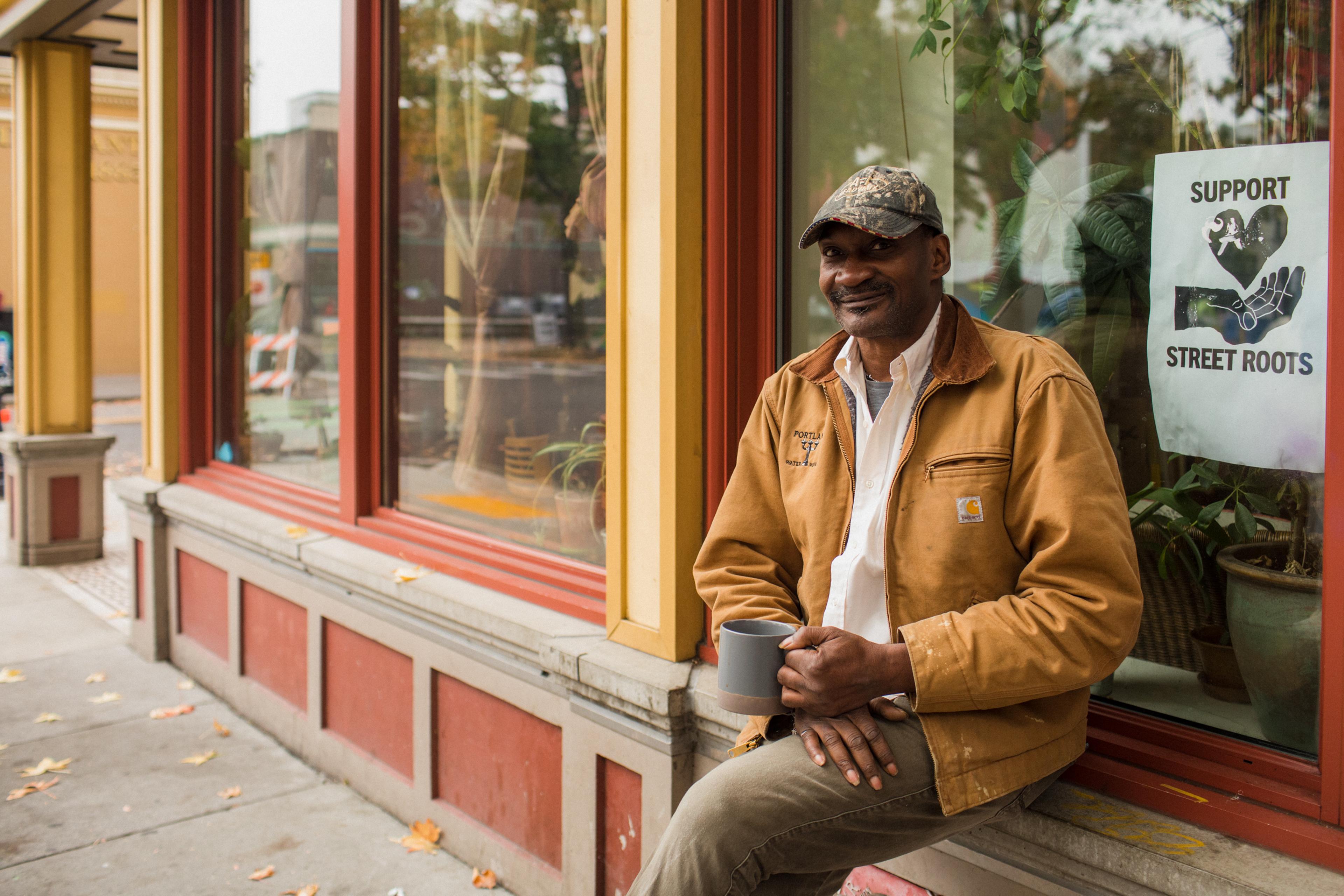
Street Roots vendor Gary Barker. Credit: Celeste Noche/Street Roots
I thought selling the paper for Street Roots was a great thing to do. When I was selling, people would ask me questions about myself, so I started talking, and it made me feel good about what I was doing with my life.
I started getting better and better. I was still living outside when 2020 came and the pandemic hit. While the world was falling apart around me, my life, in some sense, seemed to be coming together. I got off the streets.
I was still working at Street Roots, which came up with a plan to stay open during the pandemic by finding creative ways to offer cash assistance to vendors. An “action team” was formed, and we as vendors passed out supplies to folks living outside. The outreach performed by the “action team” led to the formation of the ambassador program.
In August 2020, the day came when Street Roots started publishing and selling the paper again. Street Roots gave me a chance to get on my feet by being the first lead ambassador of the new program. It was a big success. Of the ten ambassadors in the first cohort, six of them started working in jobs outside of Street Roots that paid a living wage. I wasn’t one of the six, but that leads to where I am today with Street Roots.
I’m still housed but still going through trials. Being on the streets gave me a great outlook on life that I can’t forget.
My drug addiction and trying to be responsible at the same time is what my life consists of being indoors. Change from being outdoors is sometimes scary and frightening. There have been changes and new rules I have to follow, but that’s okay. They help all the people that I’m surrounded by. I have managed to maintain a good life and stay focused enough to do what I need to do.
I manage to find a way to get problems off my mind by reading something positive or listening to music. I do other things that make me happy about what I’m going through. Life is full of fears and insecurities, so one of the most important things I have learned is to walk through them — it works better for me than running from them.
I am so grateful to God to resolve the tension and aggression and give me a chance to get my life going in the right direction.
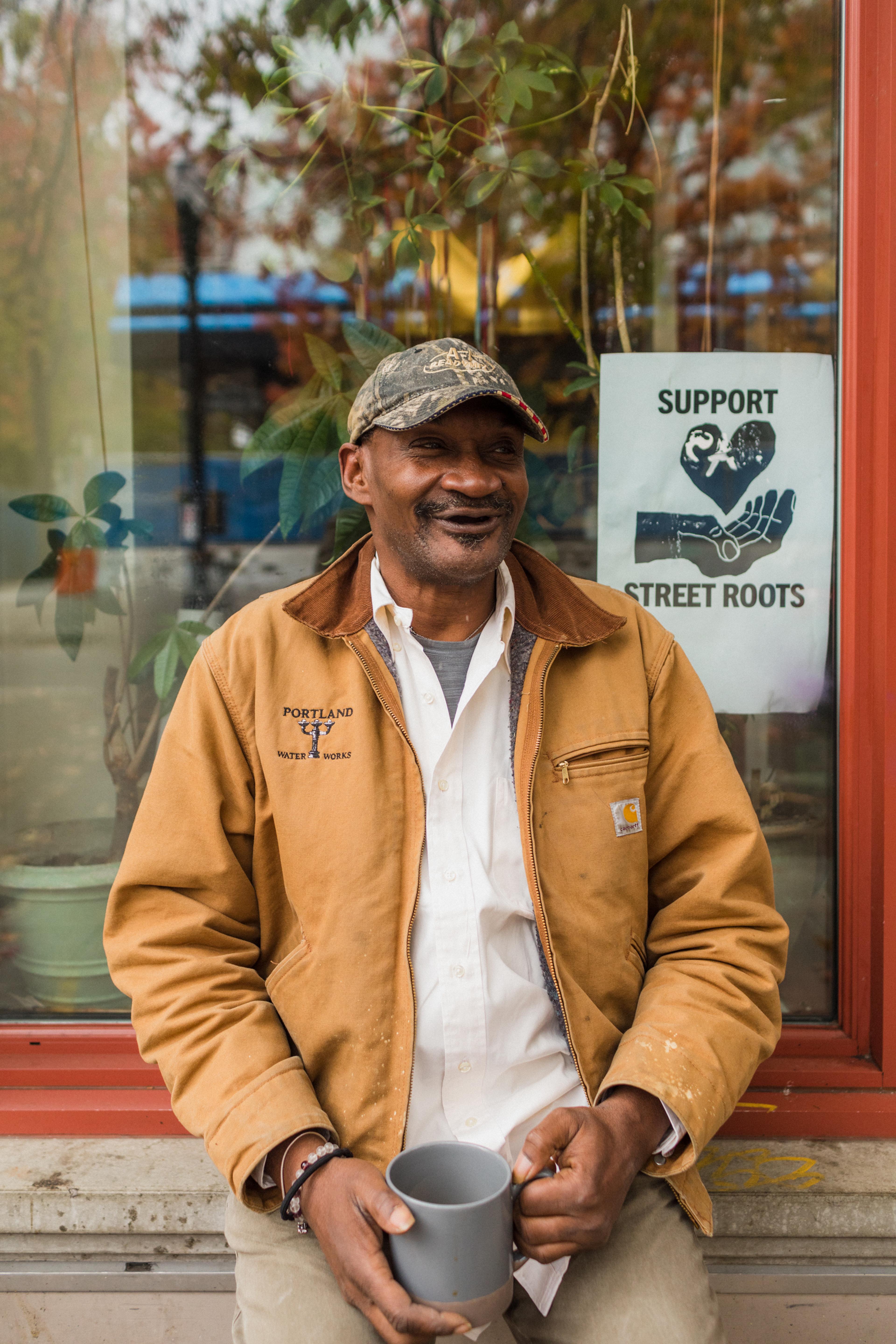
Credit: Celeste Noche/Street Roots
I am currently working as the MoJo [mobile journalism] coordinator with Street Roots. I am part of writing the curriculum for the Street Roots School of MoJo and Communications. [A program that facilitates vendors and often people living on the street to take part in gonzo journalism using digital tech and other now-everyday tools.] I ran the pilot cohort, and it was a hit. Now the real deal is starting — a 30-week program covering everything from reporting, to fact-checking, to writing, to video production.
As of now, I work with the editor in chief of Street Roots, K. Rambo. They are helping guide me in the right direction so I can learn how to work my program into a greater benefit for vendors. The program is co-designed with the love and care of an instructor from Portland Community College, Mary Ann Funk. We put our heads together and we saw the same vision.
I was a vendor, and now I work hard at giving back by working with vendors who would like to experience the world of journalism and communications to determine if this field is for them. They’re learning skills to make them more employable, regardless of the career path.
It’s been a challenge for me, and it’s been hard, but it’s been fair.
I look forward to seeing the program grow but it’s bigger than me and larger than life. With the help of people who are in the journalism and communications field, we will grow into a full school and so the journey begins to a new future for Street Roots.
Gary Barker sells Street Roots in Portland.
Housing for the People is a column produced by the International Network of Street Papers from people on the frontlines of the housing justice movement in America and beyond.
Courtesy of INSP North America / International Network of Street Papers
